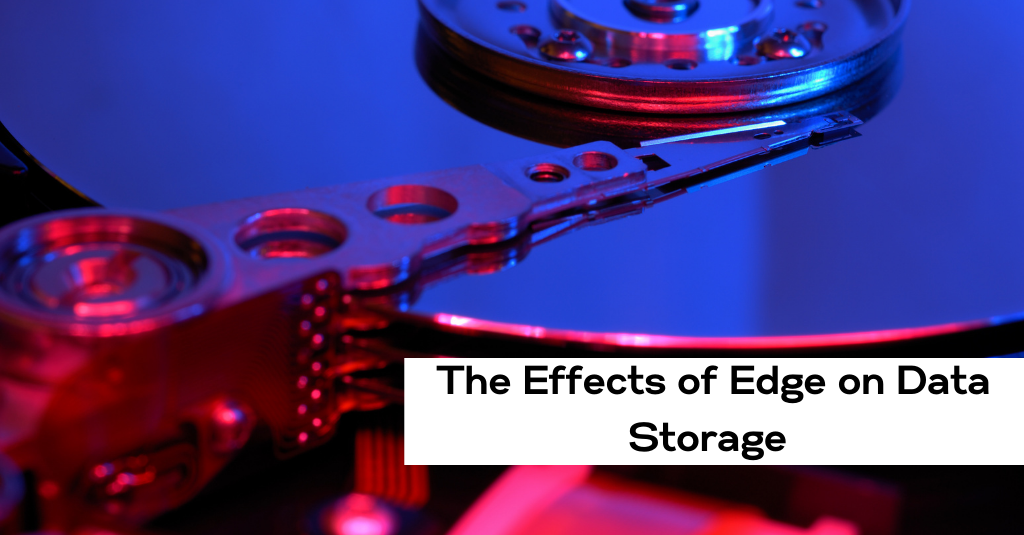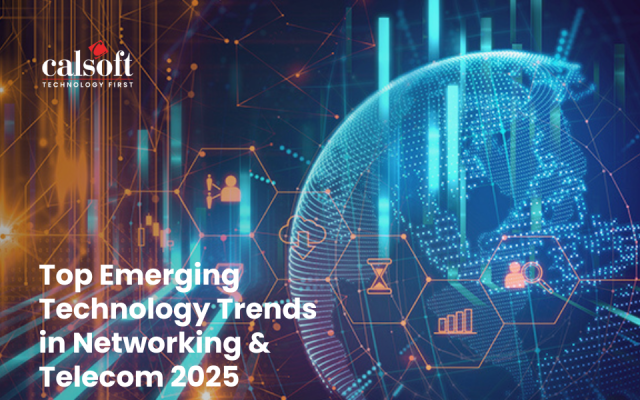The growth stage of cloud computing seems to be plateauing after a couple of phenomenal years. Today, the cloud is an established and dominant force in the digital economy. But having outgrown many traditional boundaries, enterprises are looking at new ways to expand the horizon of cloud computing. As the enterprise expands, so must the dimensions of the cloud.
One of the most promising areas in this regard is Edge computing. In simple terms, Edge computing operates as a more localized and distributed extension of a centralized cloud. It resides closer to the data generation or consumption side of digital services. As more consumers begin leveraging smart devices and IoT-powered experiences within their homes, vehicles, and other environments, the logical choice of enterprises would be to create localized computing infrastructure. Edge devices are appearing across the business landscape in areas like retail operations, supply chains, warehouses, and security. Studies estimate that by 2028, Edge computing will be a USD 23.36 billion market globally.
However, with increased influence, there could well be fundamental changes brought about by Edge computing. Chances are, these could seep through into several aspects of traditional cloud paradigms too.
Cloud data storage is likely to be one of the most affected aspects of the network. With 5G networks already rolling out across several countries, there will be an explosive volume of data streams filling the business databases soon. From IoT-powered smart devices to digital services, there will be a huge demand for storage. Cloud data storage offers the flexibility and scalability that is needed to accommodate the massive data streams that come their way.
However, data storage on the cloud has some disadvantages. Accessing data from distant clouds takes time, which may not be acceptable to some emerging solutions (think autonomous vehicles) that need real-time access. As data volumes grow, cloud storage and network costs also add up. The Edge presents itself as a great option to address such concerns.
Obviously, with the advent of Edge, even traditional cloud data storage mechanisms may require changes.
Let us explore 4 ways in which the Edge could re-engineer the cloud data storage philosophy:
Hybrid Storage
The onset of Edge computing will accelerate the data generation capacity of enterprises. Data volumes will grow, as will the need to access them frequently. Having to choose between public or private cloud infrastructure becomes challenging for enterprises as they look to balance their needs. To accommodate this, it is important to have the best of both worlds i.e., private, and public cloud infrastructure. Hence, moving forward, businesses that want to capitalize fully on their Edge computing capabilities might consider investing in hybrid cloud infrastructure for their storage needs, wherein access to both private and public cloud is provided on demand. This will provide the optimum mix of scalability, availability, accessibility, and cost.
Content Delivery in Proximity
Storage located close to where it is needed makes for better latency and service delivery. As such, reshaping cloud storage infrastructure to make it closer to the edge network seems like a great option. The evolution of micro data centers and cluster data centers that are distributed across the geographical spread of their end consumers is a prime example of such a trend. Storing data closer to the consumption site and setting up a more localized Content Delivery Network (CDN), allows faster user access and reduces latency significantly. This allows enterprises to accelerate service delivery, especially when they deal with large-size data services like movie streaming.
Optimized Hardware Computing
It used to be that enterprise systems for storage and cloud computing dealt with hardware and controllers conforming to the Complex Instruction Set Computer (CISC) architecture. It was less flexible, and enterprises found it very challenging to create complex storage management algorithms to support new concepts like Edge computing. But with more enterprises having to incorporate Edge systems into their strategy, there is a new kid on the block for storage hardware chip architecture: RISC-V or Reduced Instruction Set Computer. It is an open-source offering that empowers seamless customization to support unique storage use cases such as those needed for seamless Edge network operations.
Heightened Security Credentials
With popular cloud data storage hardware vendors moving to RISC-V architecture, they can accommodate a much larger scope of custom data definitions. While this is a great feature, the need to have a secure and risk-free environment for seamless operations is also critical. Even though Edge networks are expanding fast, it will be a while before we can say goodbye to data centers supporting cloud storage. However, RISC-V does offer more granular customization which will empower businesses to develop custom data-integrity protocols and policies in the storage hardware itself.
IDC predicts that more than half of new enterprise IT infrastructure will be deployed across Edge networks by 2023. The rising popularity of Edge, fueled by the explosive growth of data generation and consumption, paired with upcoming internet speed philosophies like superfast 5G, creates a whole-new perspective for storage trends in the cloud space. Get in touch with us to ensure that your enterprise cloud data storage needs are handled professionally and with a seamless roadmap to excellence.







